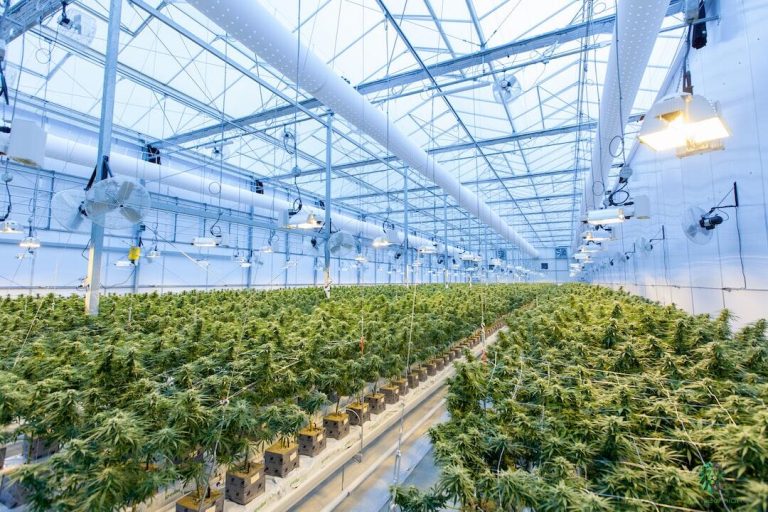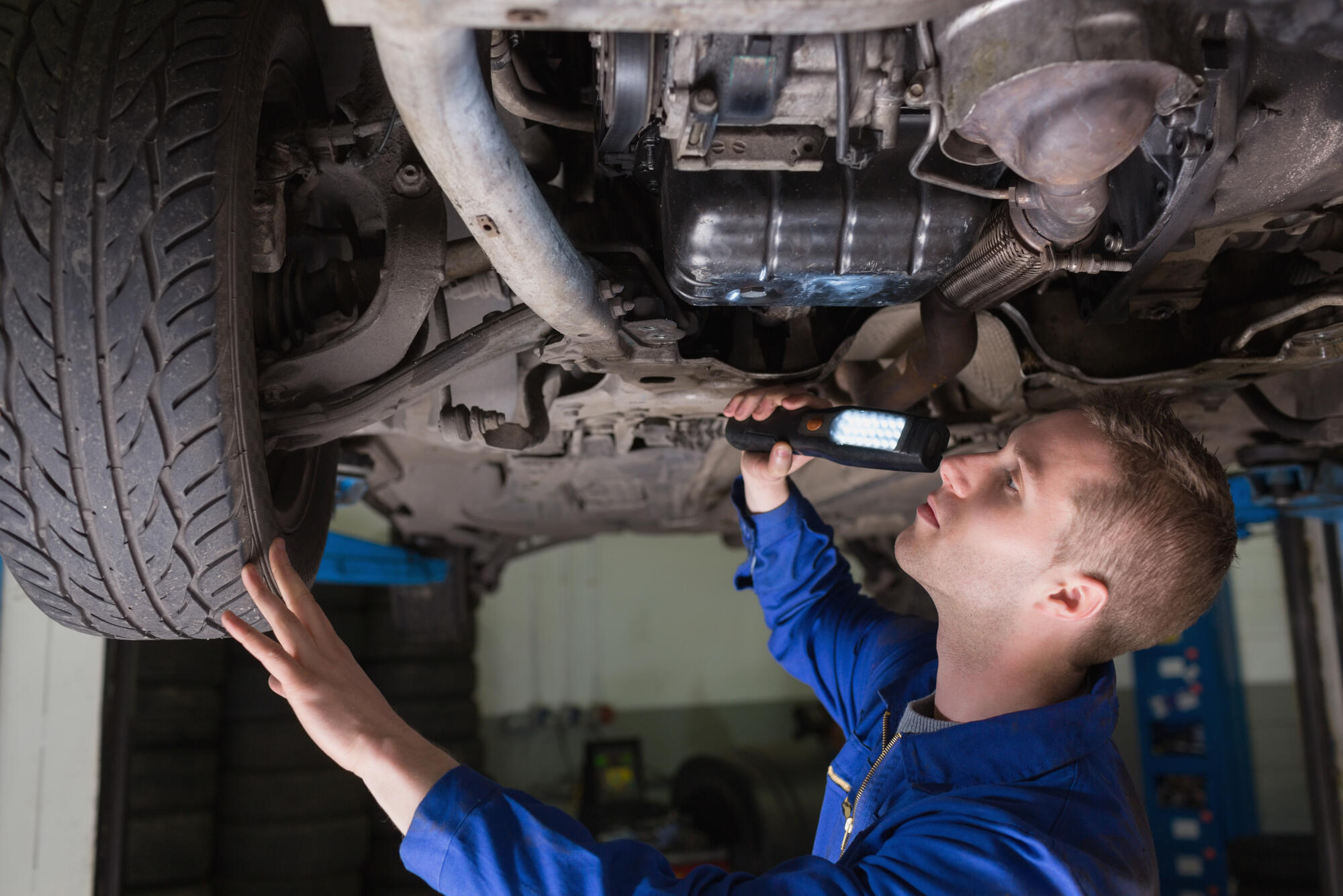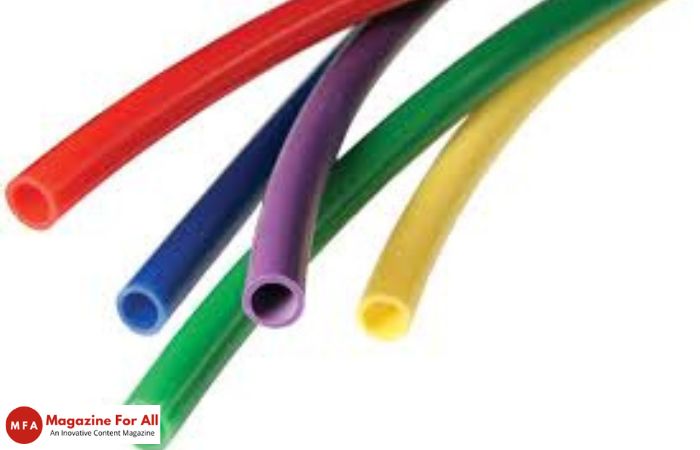Pneumatic tubing plays a really important role in machines. That’s because it uses compressed air to work automatically. However, choosing the right kind of tubing is not just important for mechanical purposes. It’s also crucial because it affects how well the system works as well as its overall safety. Doing so will help your machines run smoothly and safely. In this article, you will find out what pneumatic tubing is, and in areas where it’s used. You will also know the different pneumatic tubing options available, some tips on choosing them, and safety guidelines.
Table of Contents
Pneumatic Tubing and Its Role in Automation
You could think of pneumatic tubing like the “air pipes” in machines that work on air power. These pipes carry compressed air from the air source of the machine to different parts of the machine. That helps it move and do things. The tubing needs to be strong enough to handle the air pressure and work in the machine’s environment. Things like how flexible it is, if it can handle stress, resist chemicals or extreme temperatures, and work well with the machine’s parts are important when choosing the right tubing for a job.
Types of Pneumatic Tubing Materials
As mentioned earlier, what material you choose for the pneumatic tubing will decide how well it works. Here are some common materials you could consider:
- Polyurethane: This material is bendy and strong. It is ideal for situations where the tubing needs to bend a lot without wearing out. It’s often used in things like robot arms and tools that run on air.
- Nylon: Nylon tubing is very strong and can handle high pressure and temperature changes. It’s good for places where the tubing needs to be tough.
- Polyethylene: This is a lightweight material that’s widely used in places like labs or chemical factories. The reason is its high resistance to chemicals and easy installation process.
- Teflon (PTFE): Teflon needs no introduction. Its tubing is super tough against chemicals and high heat. harsh chemicals or really hot machines.
- PVC: PVC tubing is cheap and used in different situations. However, it lags behind polyurethane or nylon when it comes to strength. Factories or environments that use simple machines or have low-pressure settings usually prefer these.
Tips for Choosing the Right Tubing
These tips will help you while choosing a pneumatic tubing:
- Operating Pressure: The tubing you pick should be able to handle the highest pressure your system will reach. Opt for materials like nylon, as these are good for heavy-duty jobs in industries.
- Environmental Conditions: Think about where the tubing will be used. Is it going to be around chemicals, moisture, or extreme temperatures? If it is, your tubing should handle those conditions without getting damaged.
- Flexibility and Bending: Ensure that your tubing is flexible and bends easily if you have to move it a lot or get it to fit in tight spaces. One of the most common tubes that is flexible and bendy is polyurethane.
- Compatibility with Connectors: Your pneumatic system has fittings and connectors. Therefore, it’s important that the tubing is compatible with them. This way, you can be sure the connections are tight and won’t leak air.
Sizing and Installation of Pneumatic Tubing
You should choose the tubing’s diameter based on two factors: the required airflow rate and the tubing run’s length. If it’s too big, it can be expensive and hard to handle. On the other hand, if it’s too small, it can slow down the air. The result: you get a system that does not work as well. When you put in the tubing, make sure to cut it neatly. Then, install it without any twisting or bending it sharply. Also, make sure the connections are tight so that air doesn’t leak out. This way, everything runs smoothly and efficiently.
Maintenance and Safety Considerations
Do you want your tubing to work well? Take good care of it and ensure regular maintenance to make sure everything works properly. You need to regularly check the tubing to see if it’s getting worn out. For example, look for any cracks or scrapes. Fix any places where air might be leaking out. Safety is the most important thing, especially in systems with high pressure.
Enhancing System Efficiency with Optimal Tubing Layout
How efficiently your tubing works will ultimately depend on its setup in an automated system. If you arrange the tubing the right way, the air doesn’t have to travel too far. This prevents it from losing pressure or slowing down. To do this, you can make the tubing runs shorter, avoid sharp bends, and keep the tubing organized. Under no circumstances should it get tangled or bump into other parts of the system.
Impact of Tubing on Energy Consumption
The kind of tubing you use in pneumatic systems can affect how much energy the system uses. If you use incorrect tubing the system will end up using more energy. That happens because the air compressor has to work harder to keep the pressure and flow right. Incorrect tubing refers to tubing that is too long, too big, or has leaks. The right tubing will prevent leaks and save energy.
In conclusion, choosing and using the right pneumatic tubing options are necessary to ensure that automated pneumatic systems work correctly. From knowing the different materials available to considering the application’s specific requirements, each factor plays a role in the system’s performance and safety.










































































